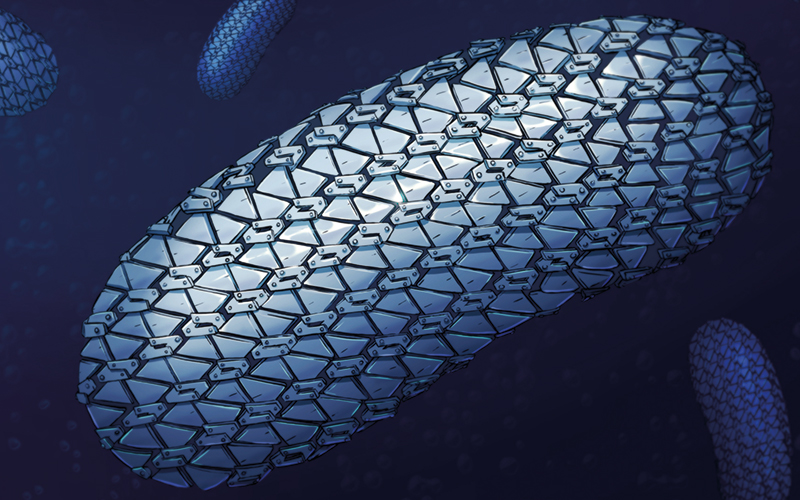The spectacular structure of the protective armour of superbug Clostridioides difficile has been revealed for the first time, showing the close-knit yet flexible outer layer – like chain mail.

This assembly prevents molecules getting in and provides a new target for future treatments.
The UK team of scientists outlined the structure of the main protein, SlpA, that forms the links of the chain mail and how they are arranged to form a pattern and create this flexible armour. This could lead to C. diff-specific drugs to break the protective layer and create holes to allow molecules to enter and kill the cell.
One of the many ways the superbug protects itself from antibiotics is a special layer that covers the cell of the whole bacterium. This protects against the entry of drugs or molecules released by our immune system to fight bacteria.
The team determined the structure of the proteins and how they are arranged using a combination of X-ray and electron crystallography.
Dr Paula Salgado, Senior Lecturer in Macromolecular Crystallography who led the research at Newcastle University, said: “Excitingly, it also opens the possibility of developing drugs that target the interactions that make up the chain mail. If we break these, we can create holes that allow drugs and immune system molecules to enter the cell and kill it.”
Image credit | Newcastle University UK




